As summer temperatures soar, your air conditioner becomes your lifeline to comfort. But before you flip the switch on your cooling system, there's one critical factor that could make or break your AC's performance: proper power supply.
In this guide, we'll walk you through everything you need to know about AC power requirements, common installation mistakes, and smart solutions to keep your cool all season long.
Understanding Your AC's Power Needs
Not all air conditioners are created equal when it comes to power consumption. Most units fall into one of three categories:
-
Standard 120V Units (NEMA 5-15/5-20)
-
Common for small window units
-
Plug into regular household outlets
-
Critical: Never overload the circuit (check your breaker capacity)
-
-
240V 20A Units (NEMA 6-20)
-
Typical for apartment wall units
-
Requires dedicated 240V outlet
-
Warning: Will not function properly on 120V power
-
-
240V 30A Units (NEMA 6-30)
-
Found in larger residential/commercial systems
-
Needs robust electrical infrastructure
-
Attempting to use 120V will result in failure to start
-
![Diagram comparing NEMA 5-15, 6-20 and 6-30 plugs]
The 240V Dilemma: What to Do When You Don't Have the Right Outlet
Many homeowners discover their AC requires 240V power only to find their space lacks the proper outlet. Before you panic, consider these alternative power sources that may already exist in your home:
| Existing Outlet | Common Location | Adapter Solution |
|---|---|---|
| NEMA 14-30 | Dryer (4-prong) | 14-30 to 6-20/6-30 |
| NEMA 10-30 | Dryer (3-prong) | 10-30 to 6-20/6-30 |
| NEMA 14-50 | Range/EV Charger | 14-50 to 6-20/6-30 |
| NEMA 6-50 | Welder Outlet | 6-50 to 6-20/6-30 |
Pro Tip: Finding the right adapter is simple with our product code system:
-
Need a 14-30 to 6-20 adapter? Search "1430620"
-
Need a 14-30 to 6-30 adapter? Search "1430630"
Safety First: Why Built-In Protection Matters
For added peace of mind, we recommend our 6-20 adapters with integrated circuit breakers. These provide:
✅ Overcurrent protection
✅ Short circuit prevention
✅ Surge suppression
This extra layer of safety helps protect both your expensive AC unit and your home's electrical system.
Final Checklist Before AC Season
Before the heat wave hits:
-
Verify your unit's power requirements (check the label)
-
Inspect your existing outlets
-
Order the correct adapter if needed
-
Consider upgrading to a breaker-protected model
-
Test your system before temperatures peak
Need Help Choosing the Right Solution?
Our electrical experts are standing by to help you select the perfect adapter for your setup. Visit ACWORKS.com or call our support team at [phone number].
Want more tips? Subscribe to our newsletter for exclusive HVAC maintenance advice and product updates!
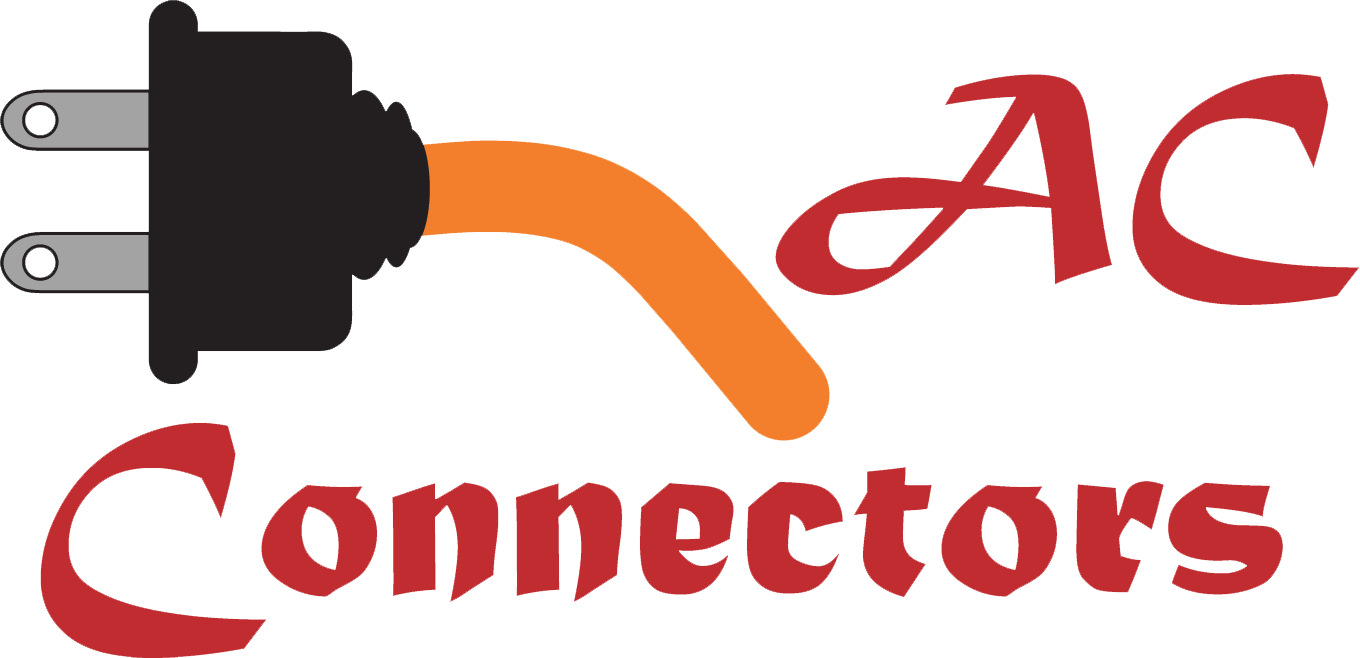
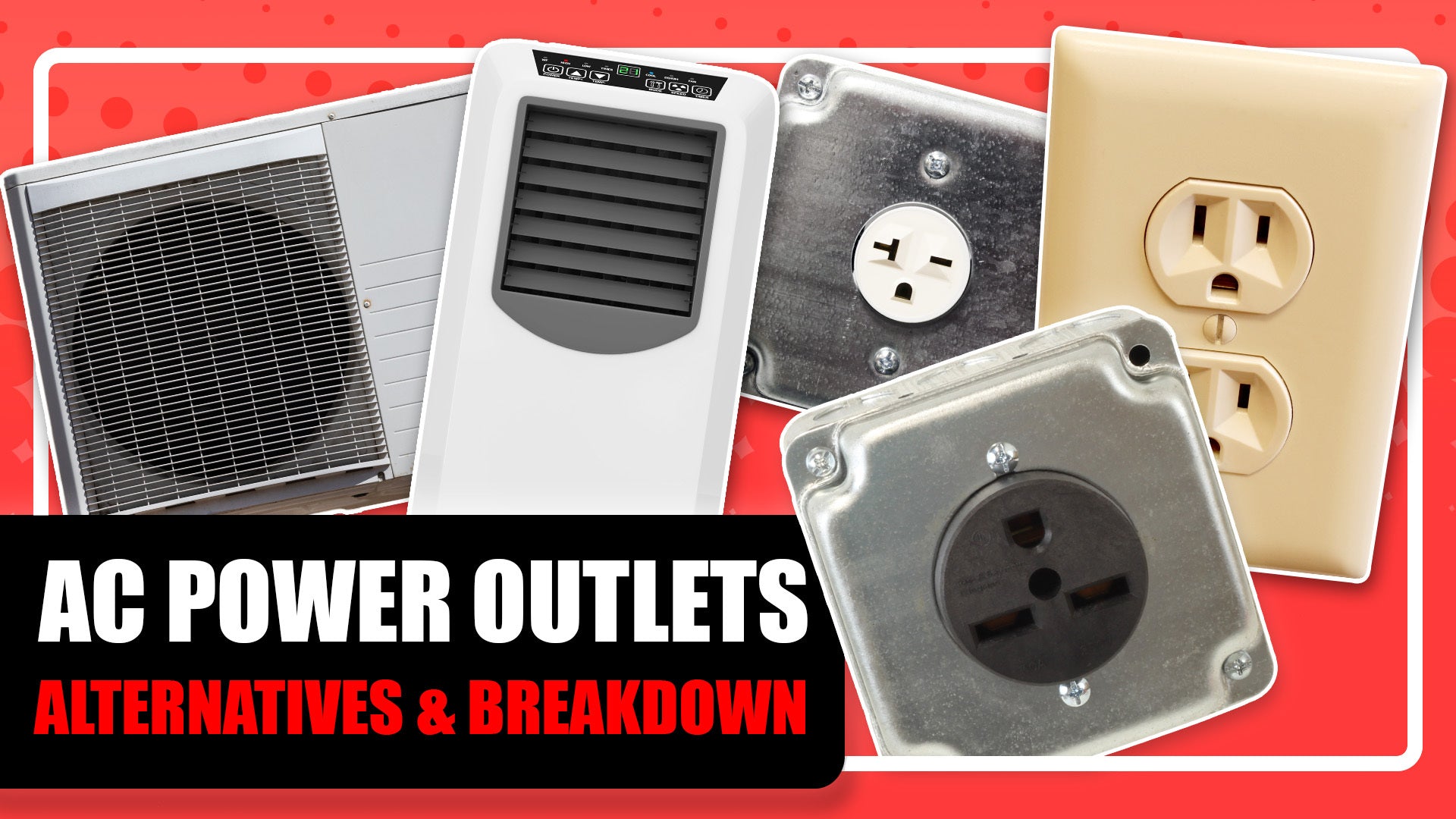
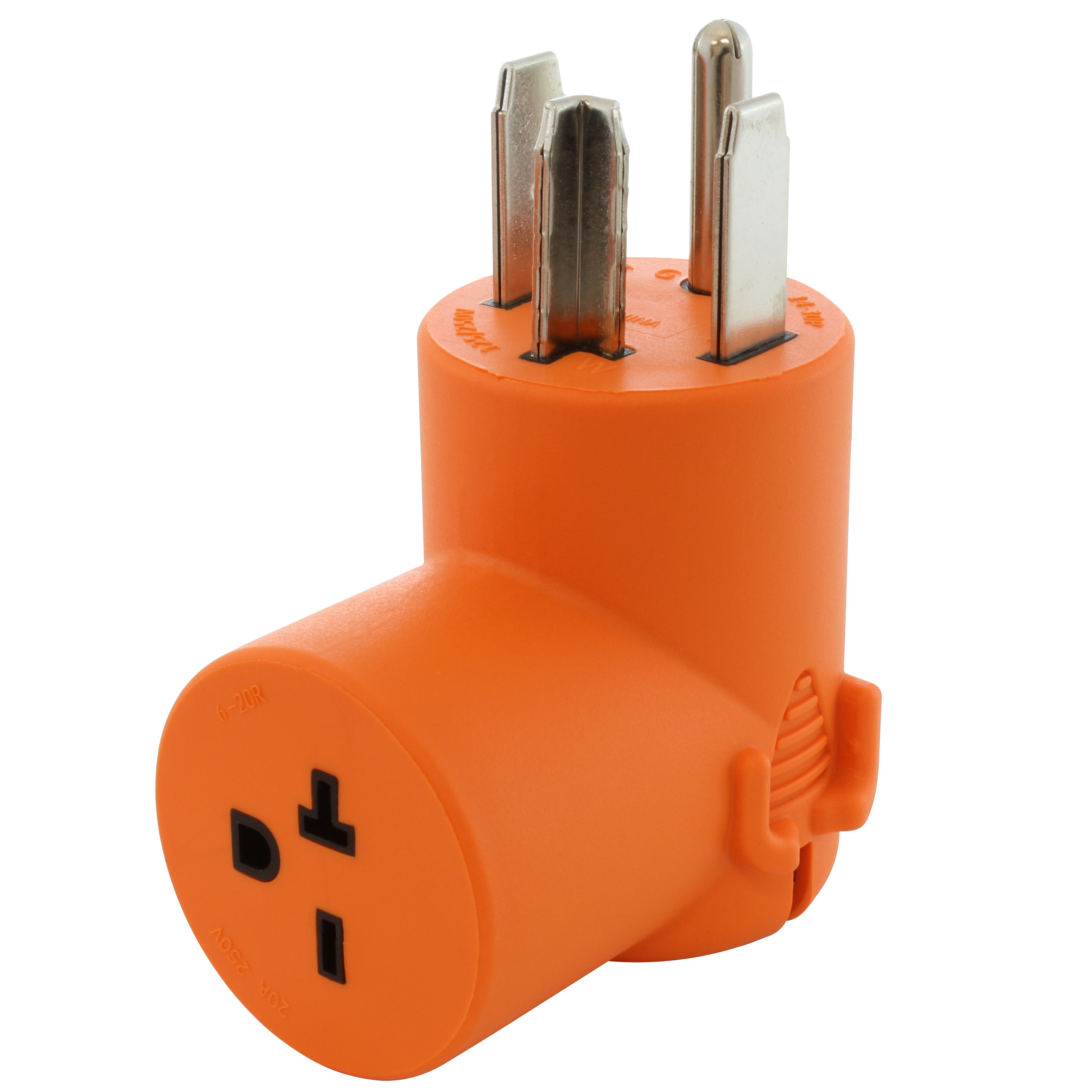
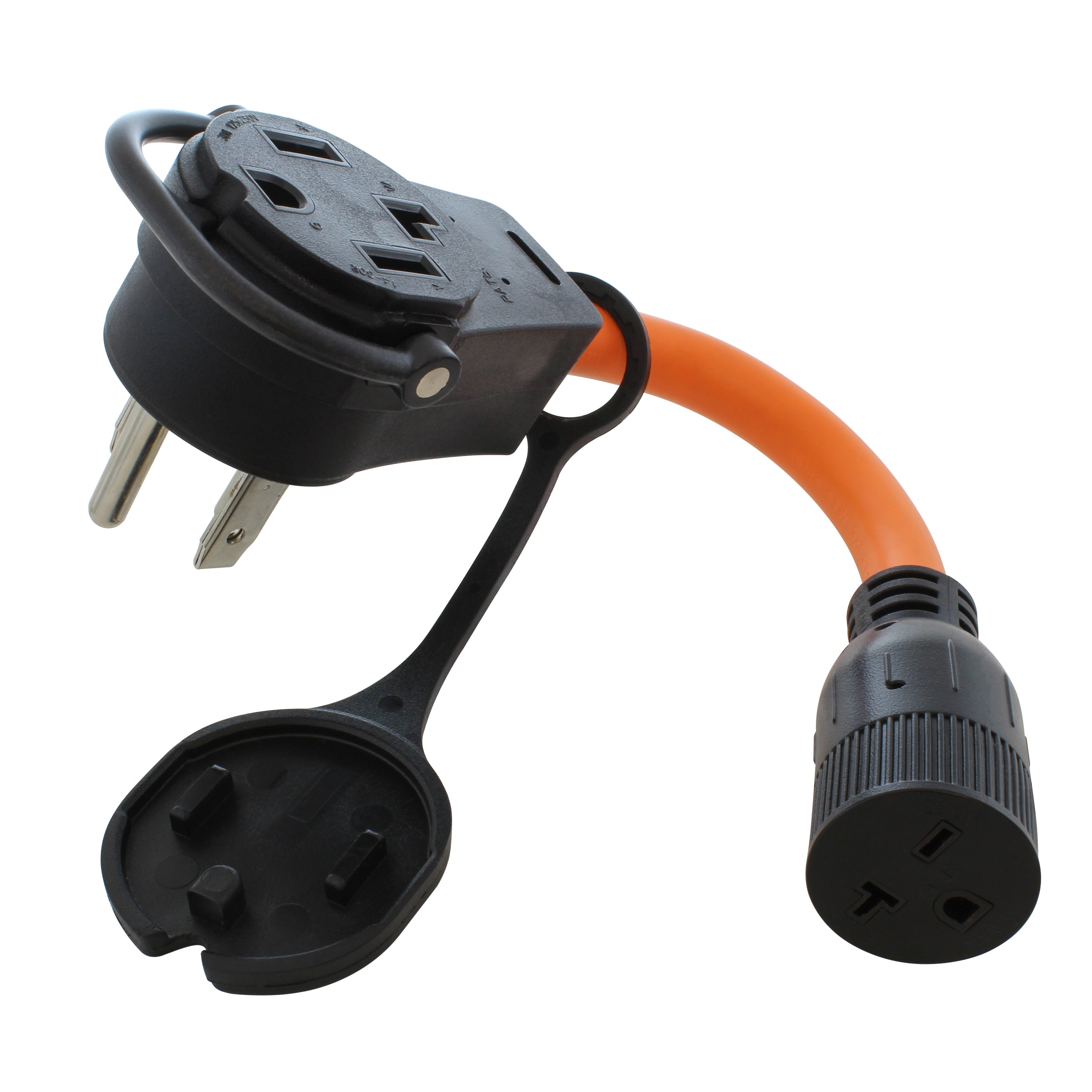
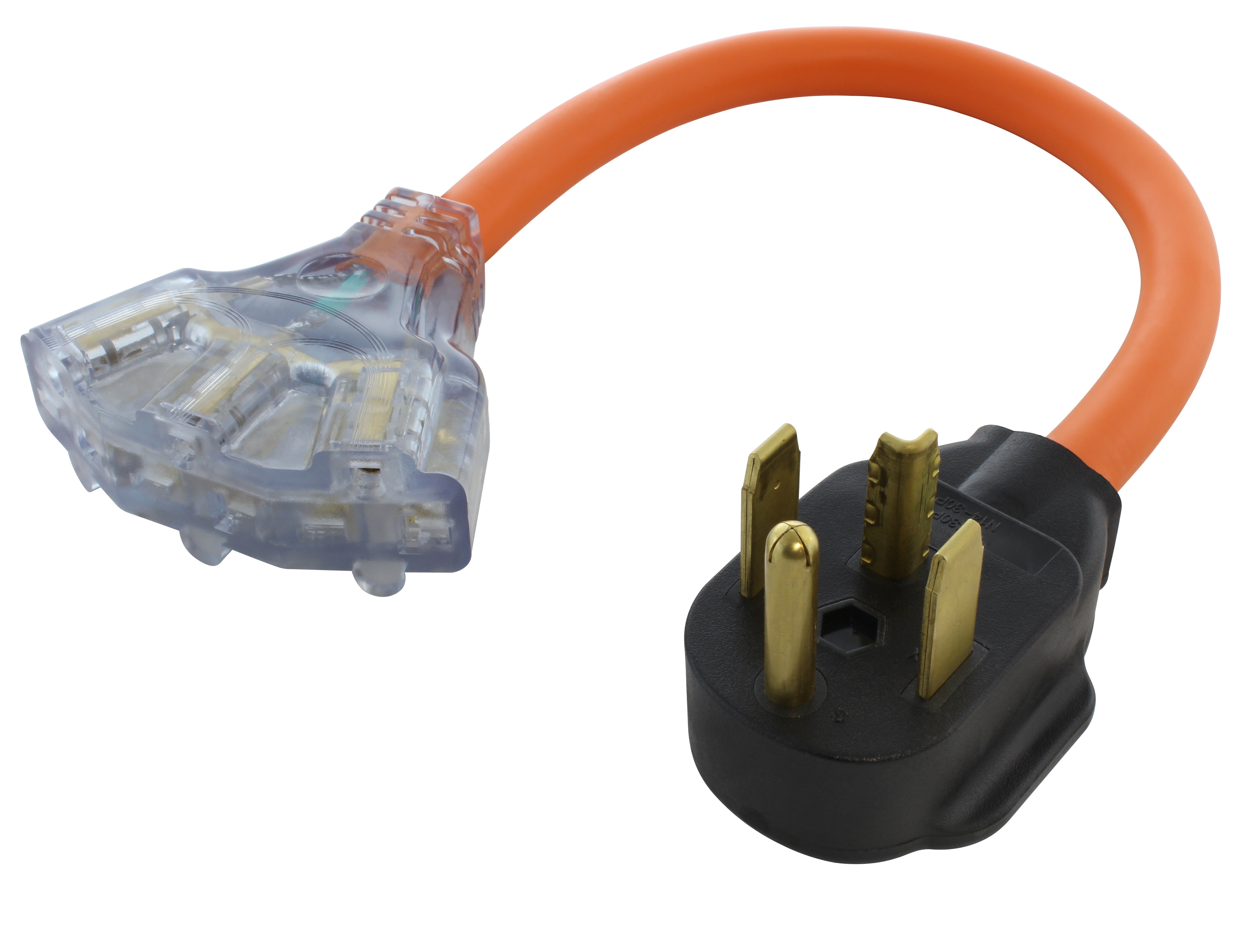
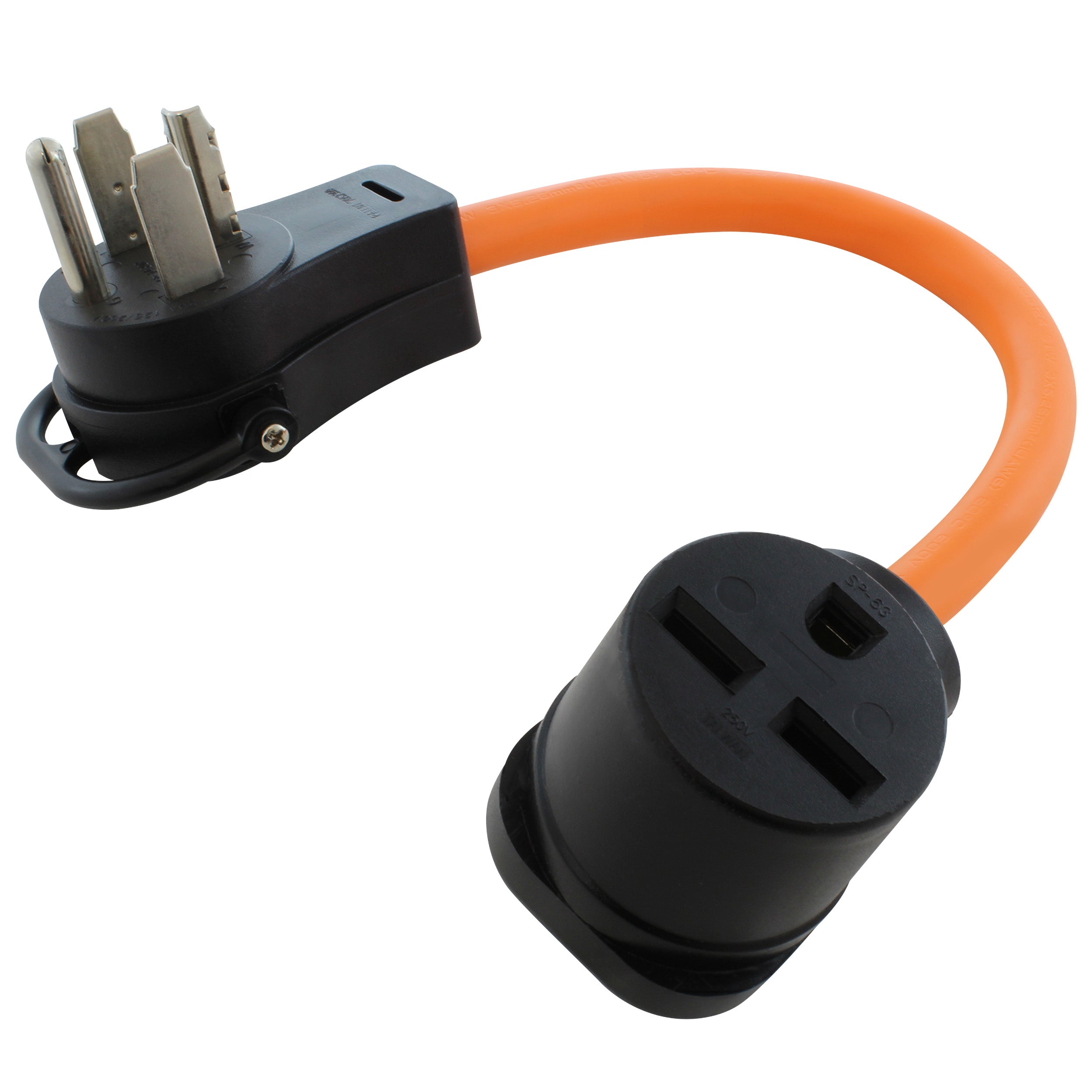
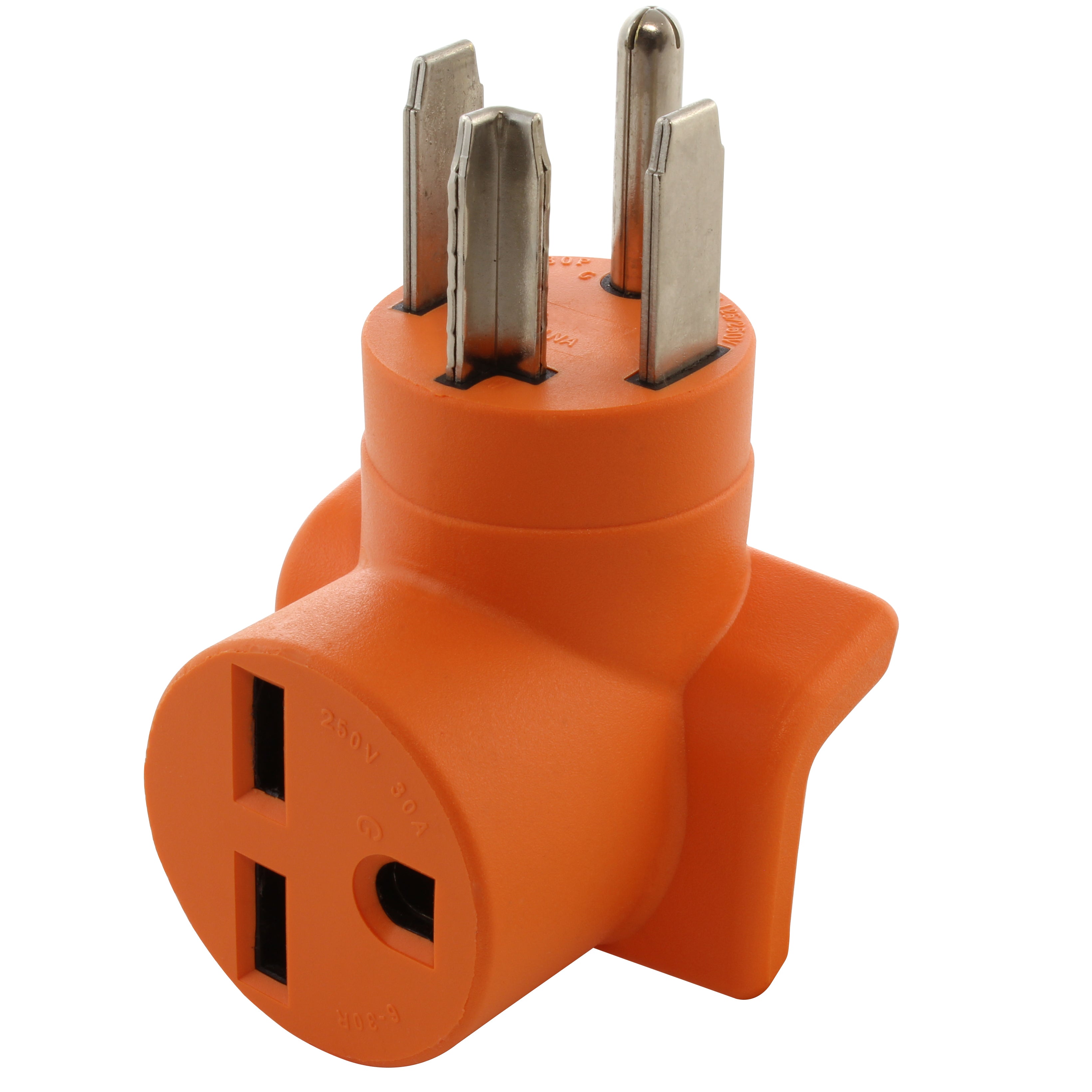
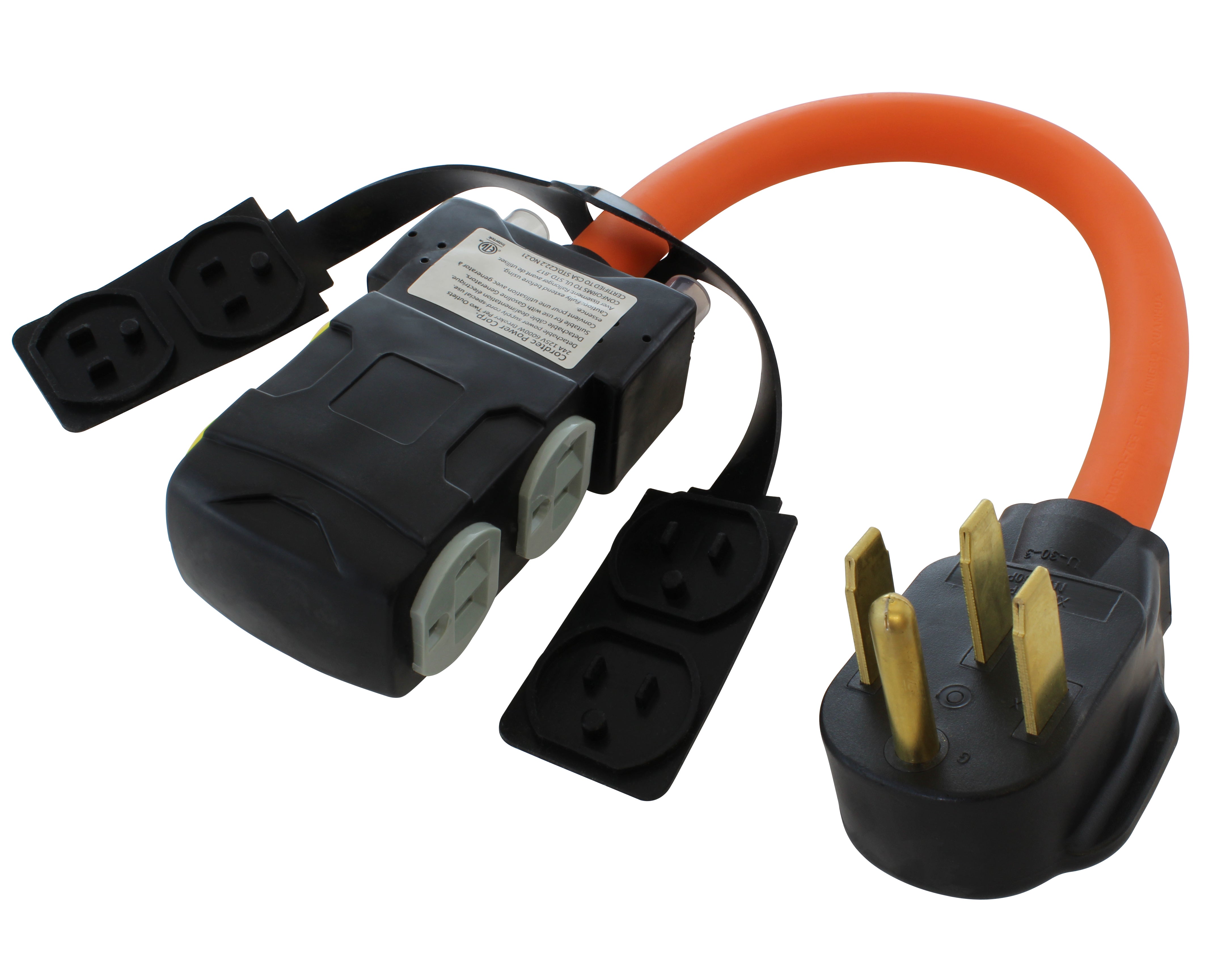
![AC WORKS® [ASINSS2PBX-G] 50A Locking 4-Wire CS6375/ SS2-50 Heavy-Duty Transfer Switch Inlet Box](http://acworks.com/cdn/shop/files/ASINSS2PBX-0_0206b362-7c90-42a5-8754-0685c13dab7e.jpg?v=1758051675&width=2500)
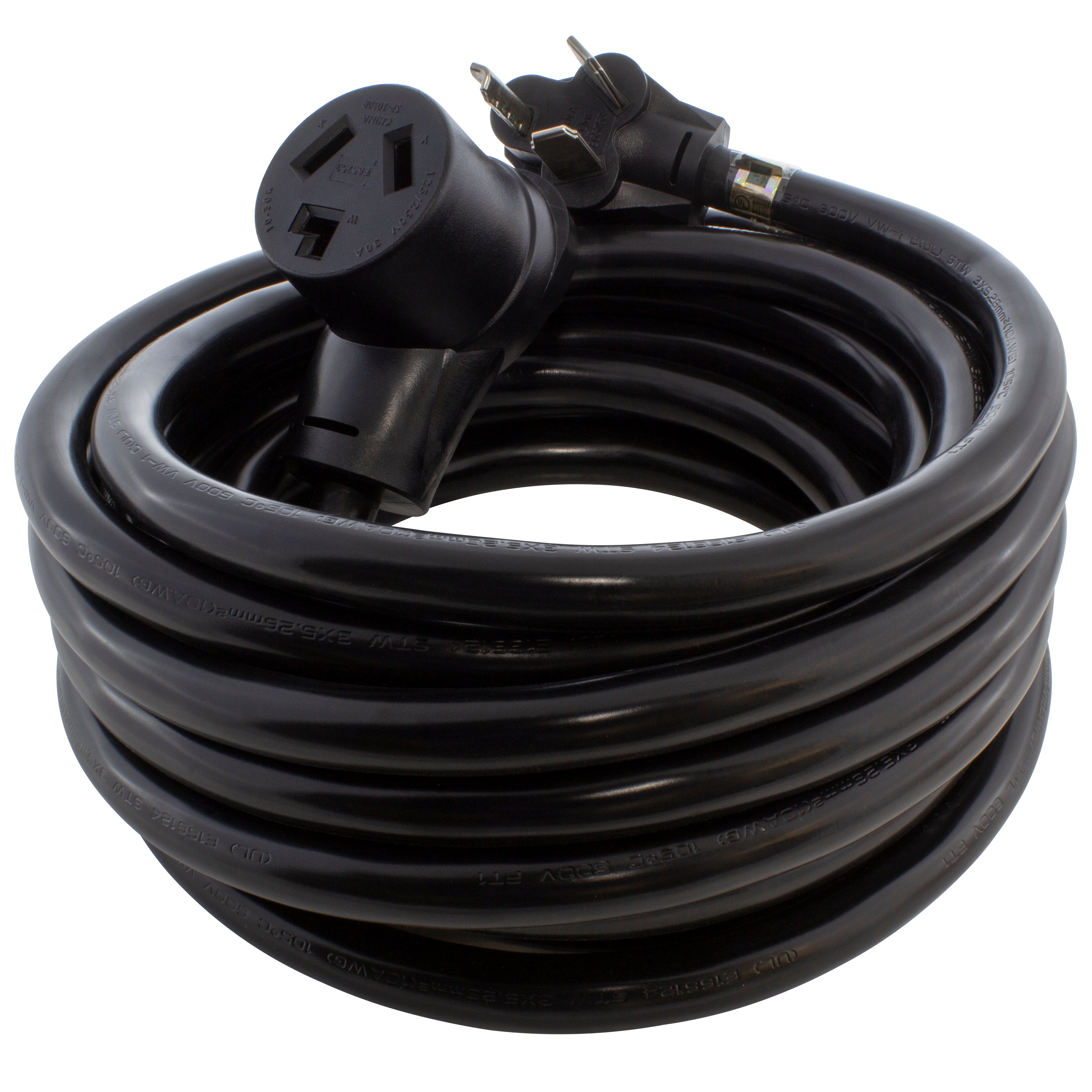
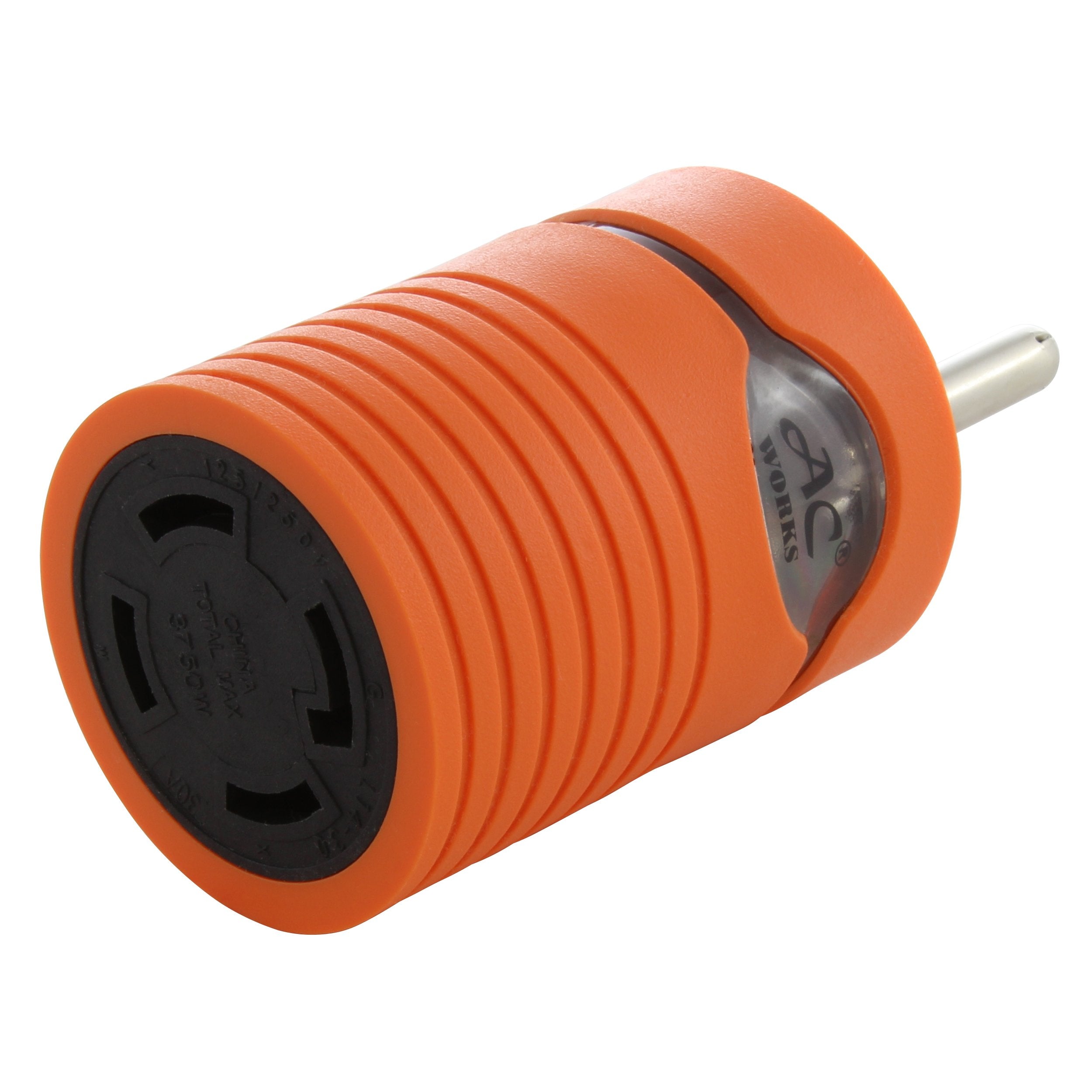
![AC WORKS® [S1430CBF520] 1.5FT 14-30P 4-Prong Dryer Plug to (4) Household Outlets with 24A Breaker](http://acworks.com/cdn/shop/products/S1430CBF520.jpg?v=1666103519&width=4656)
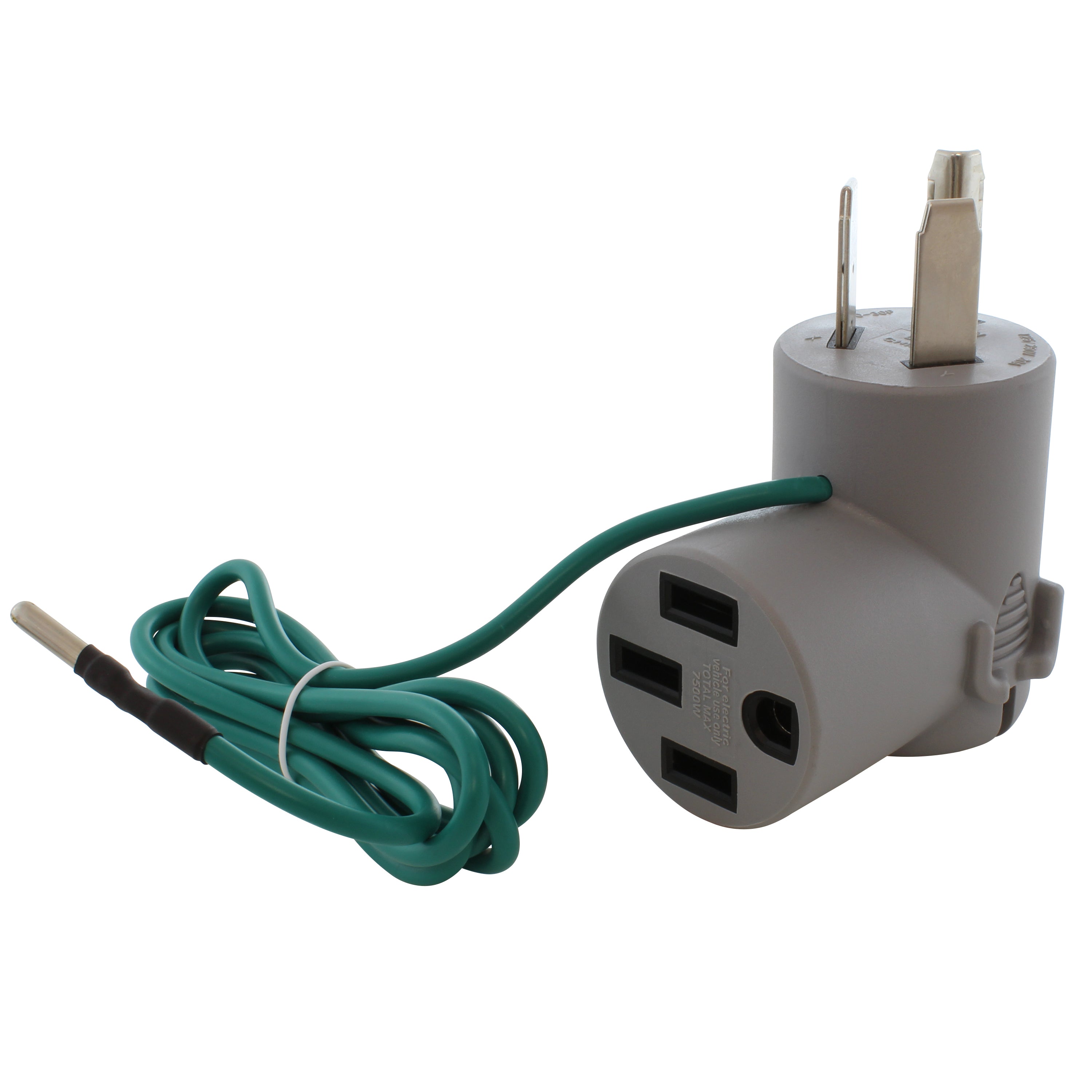
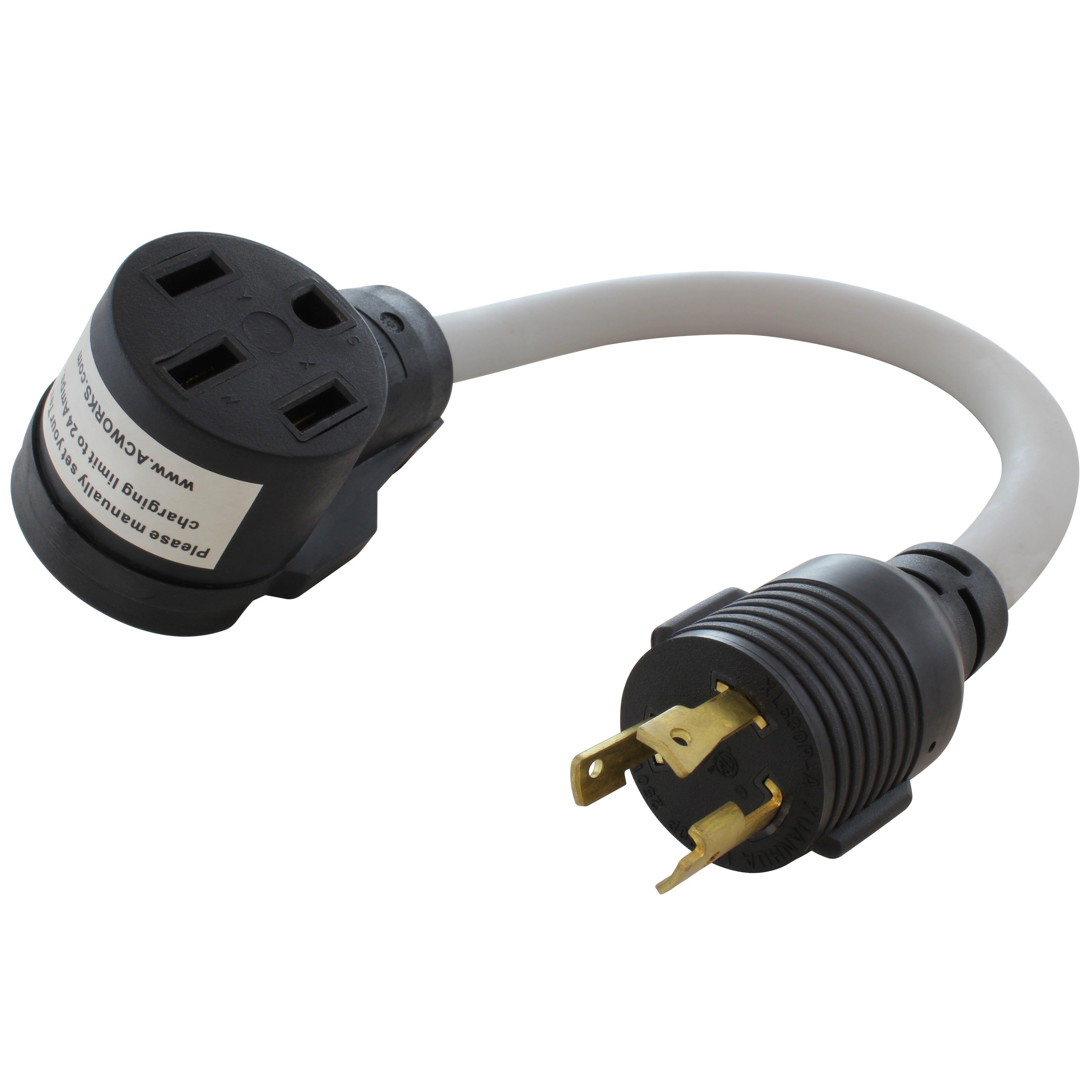
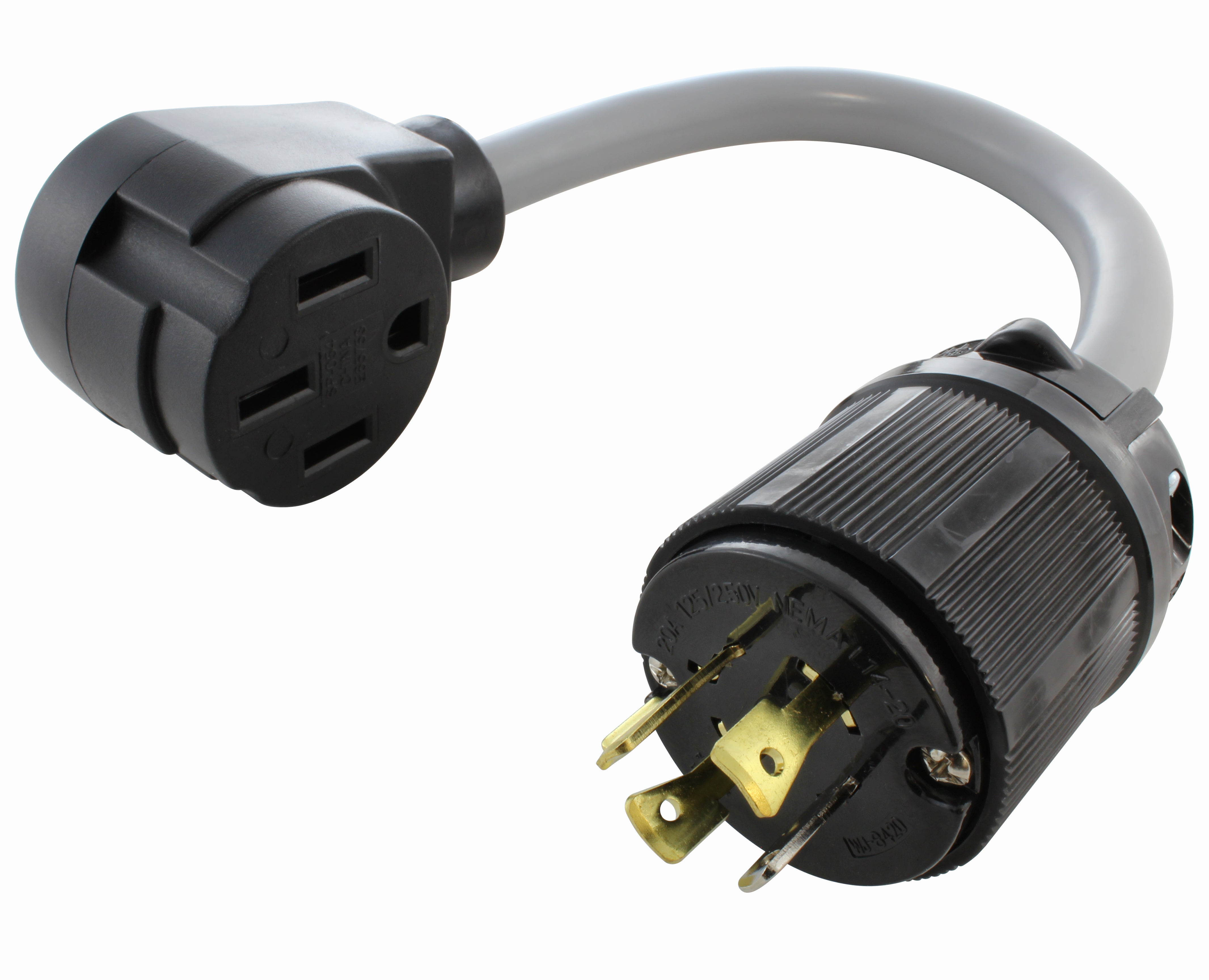
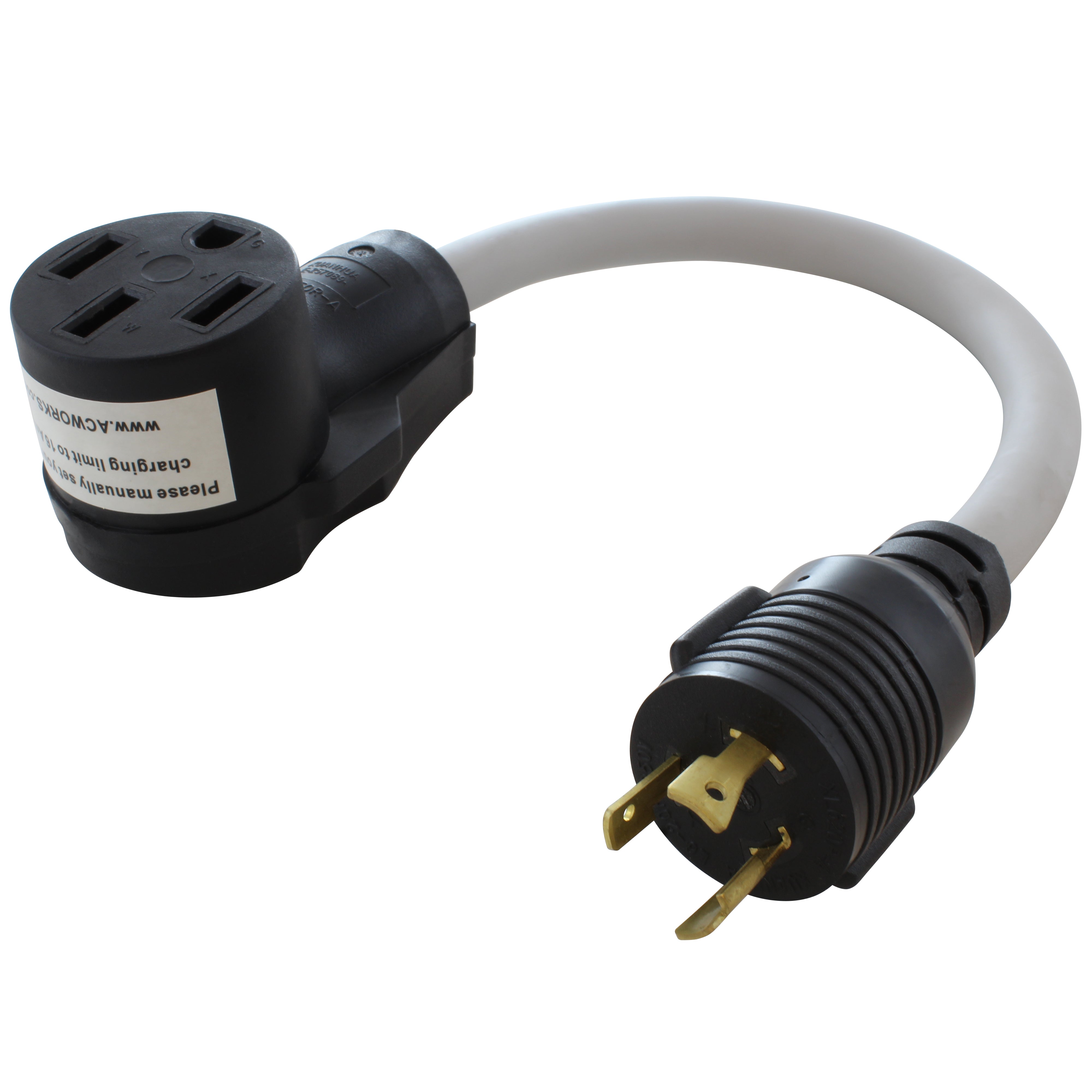
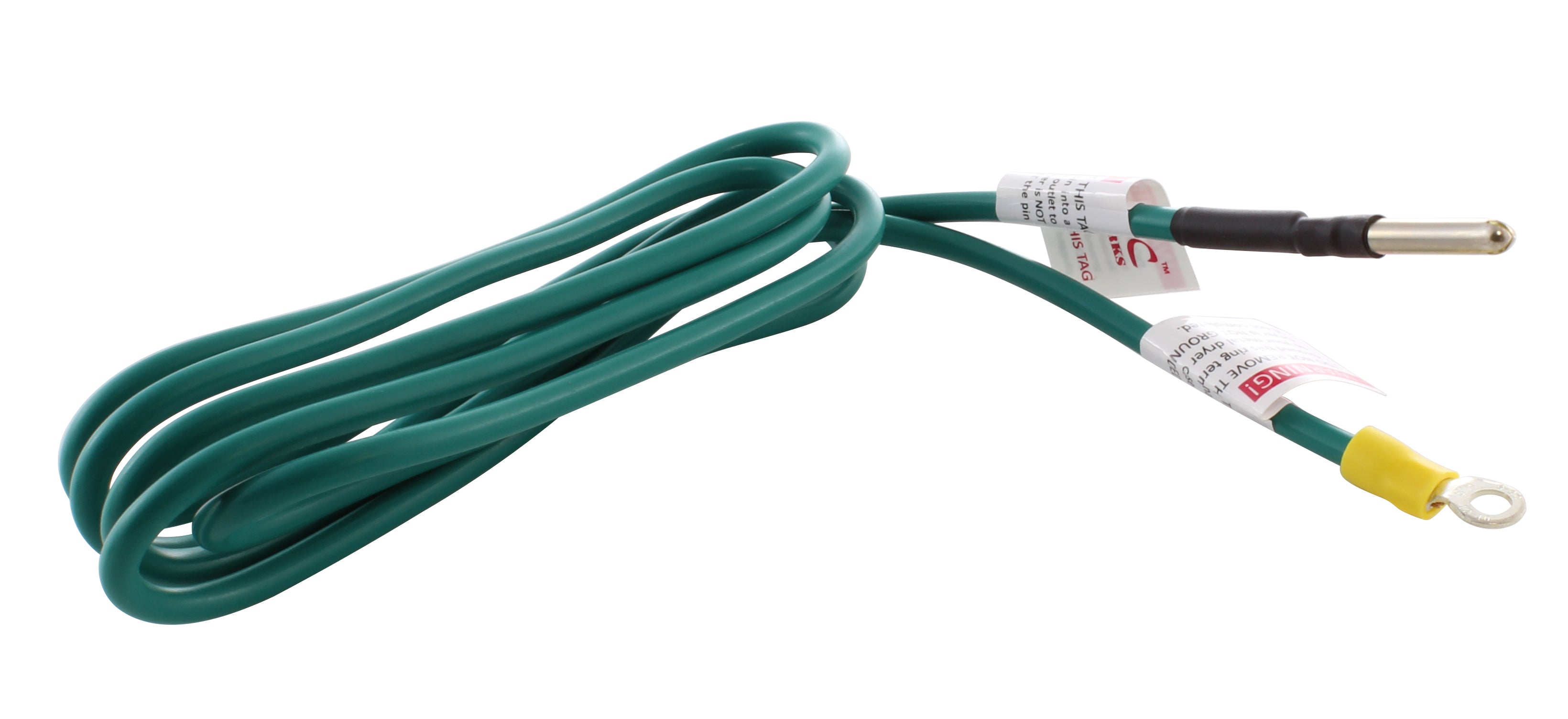
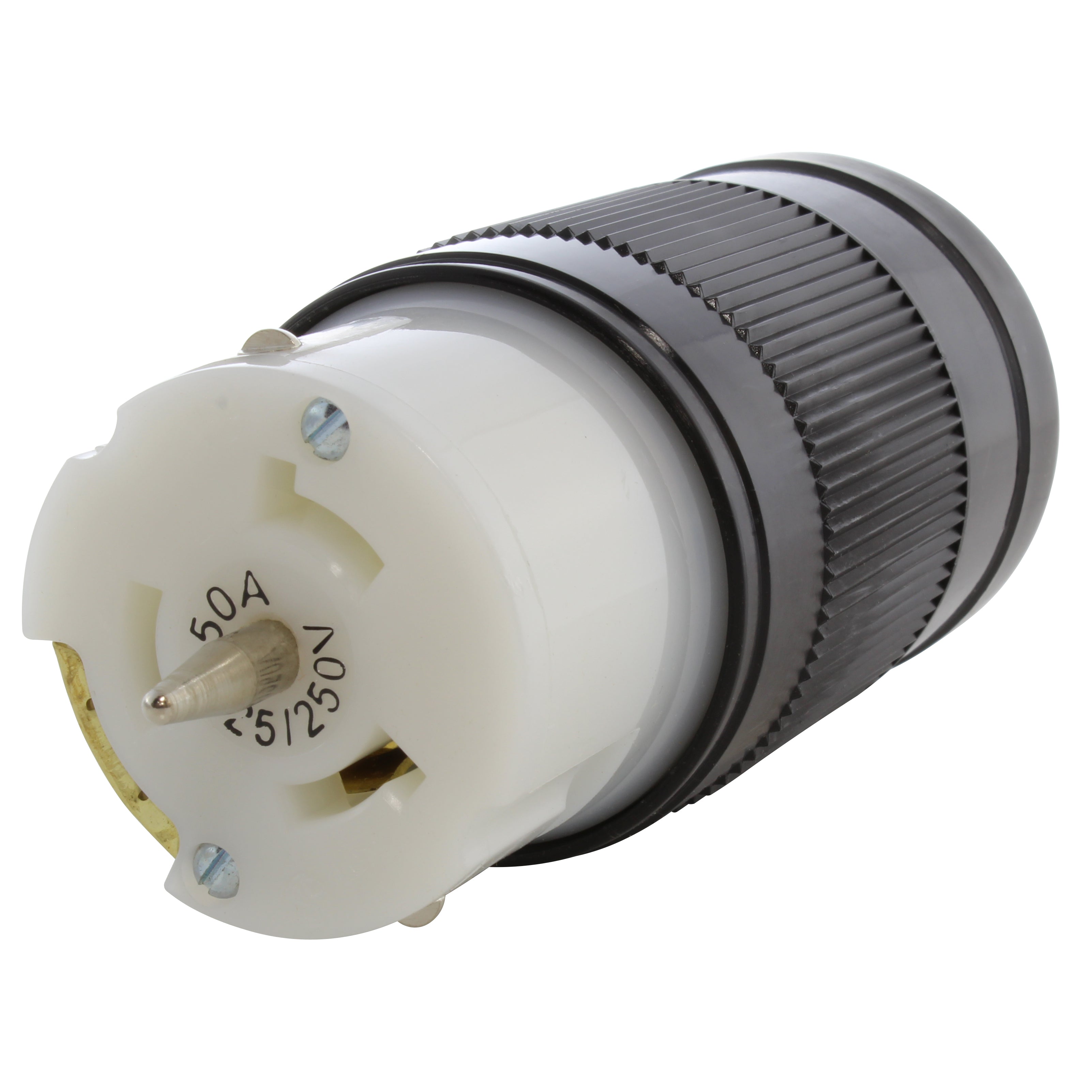
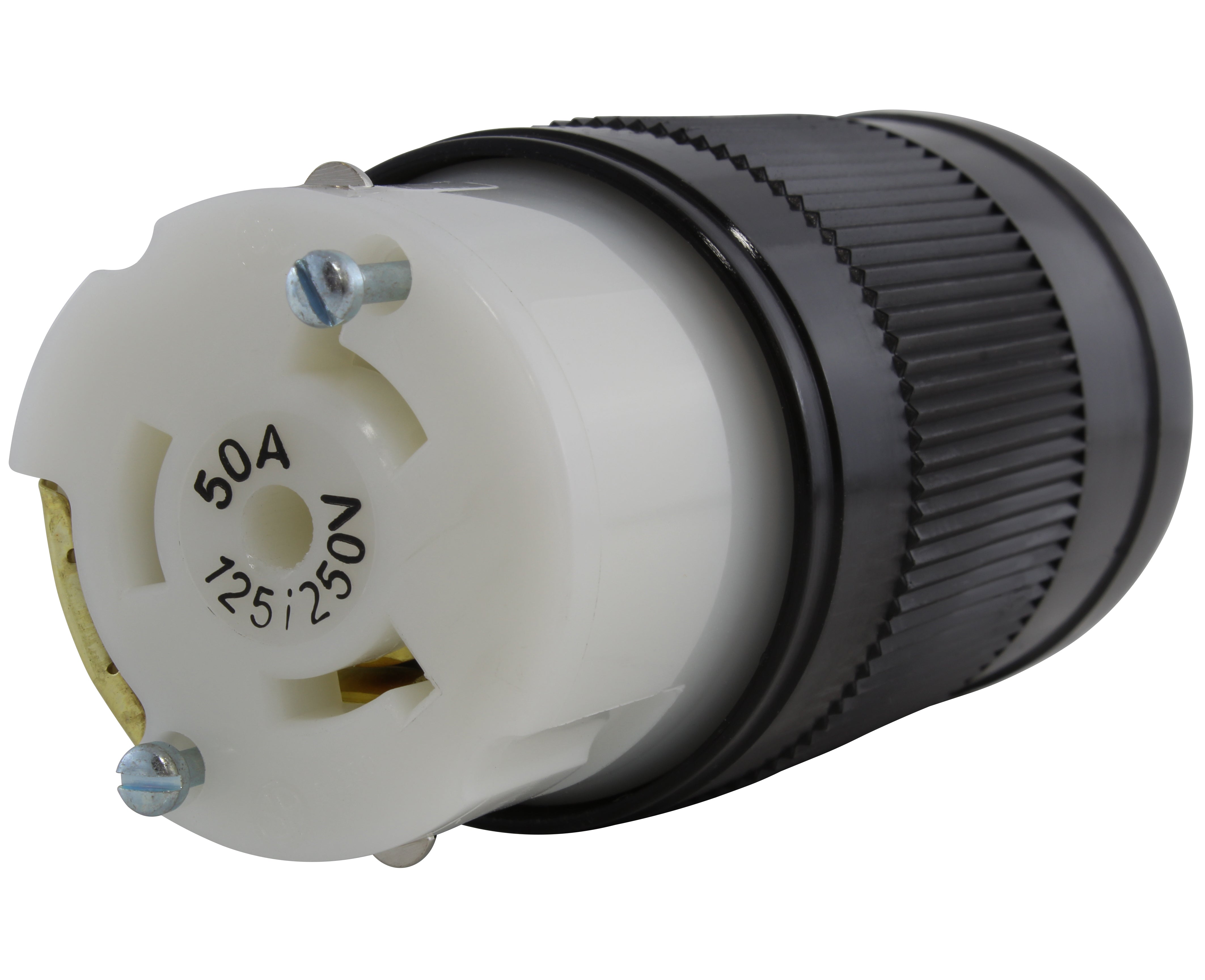
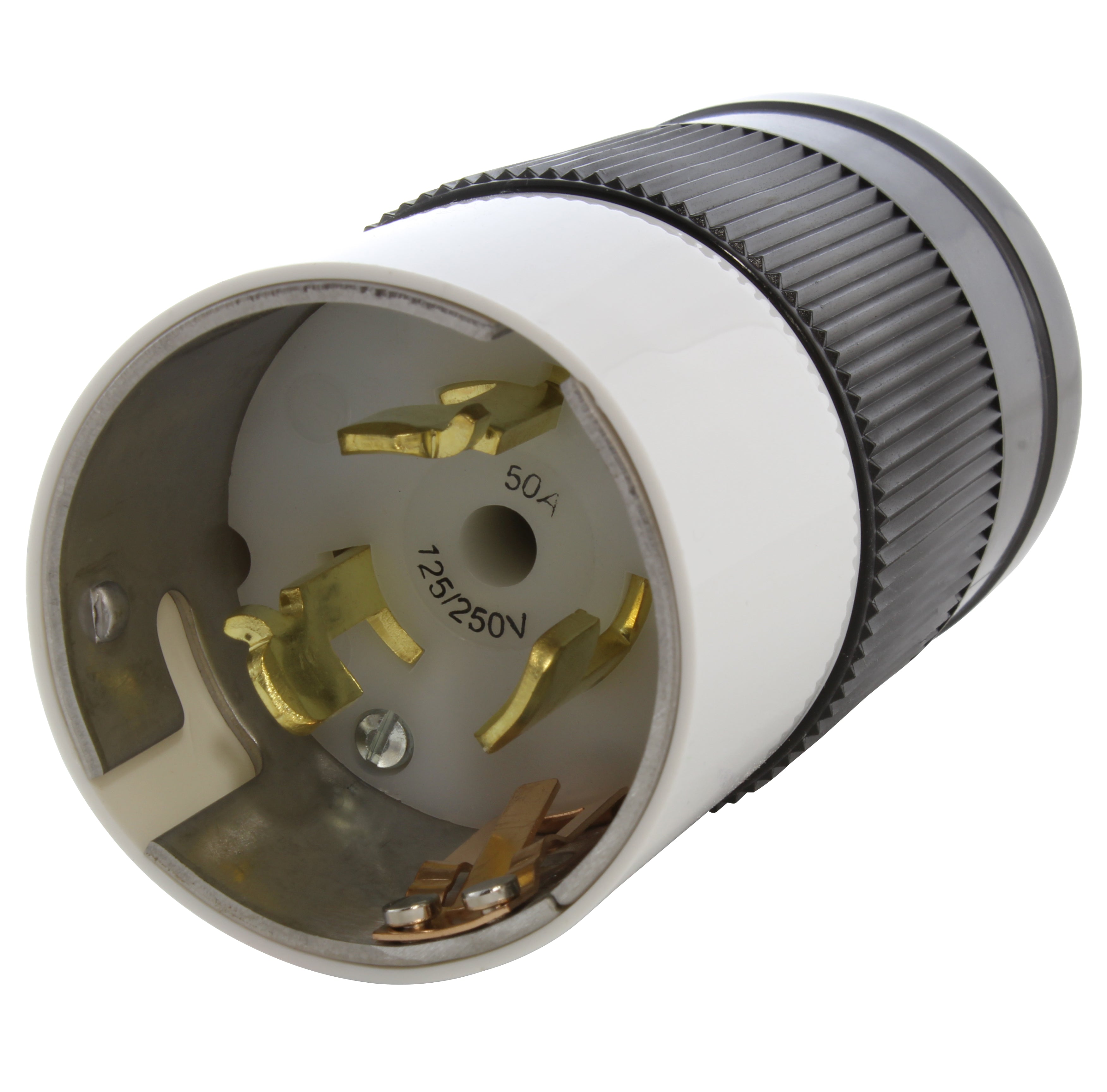
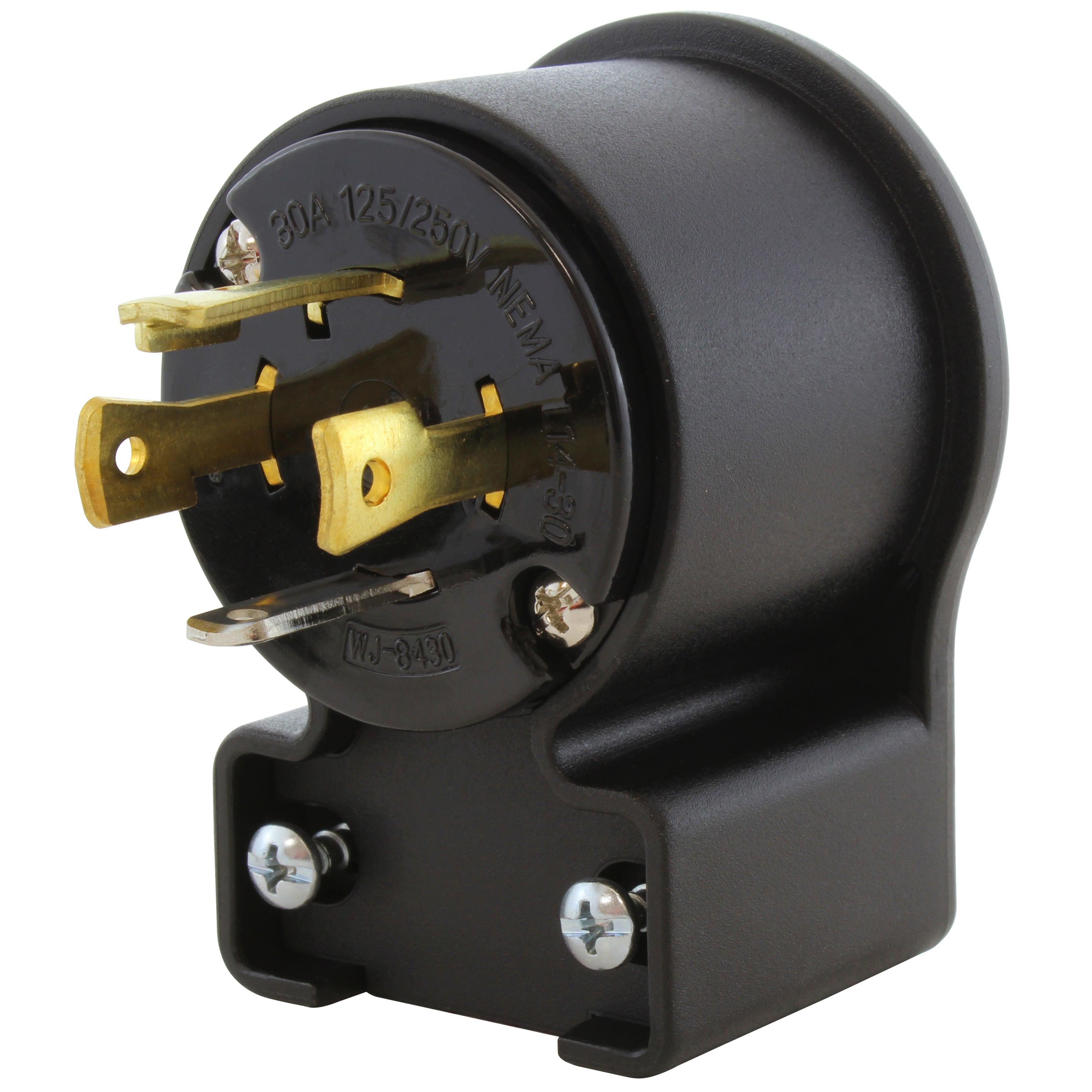
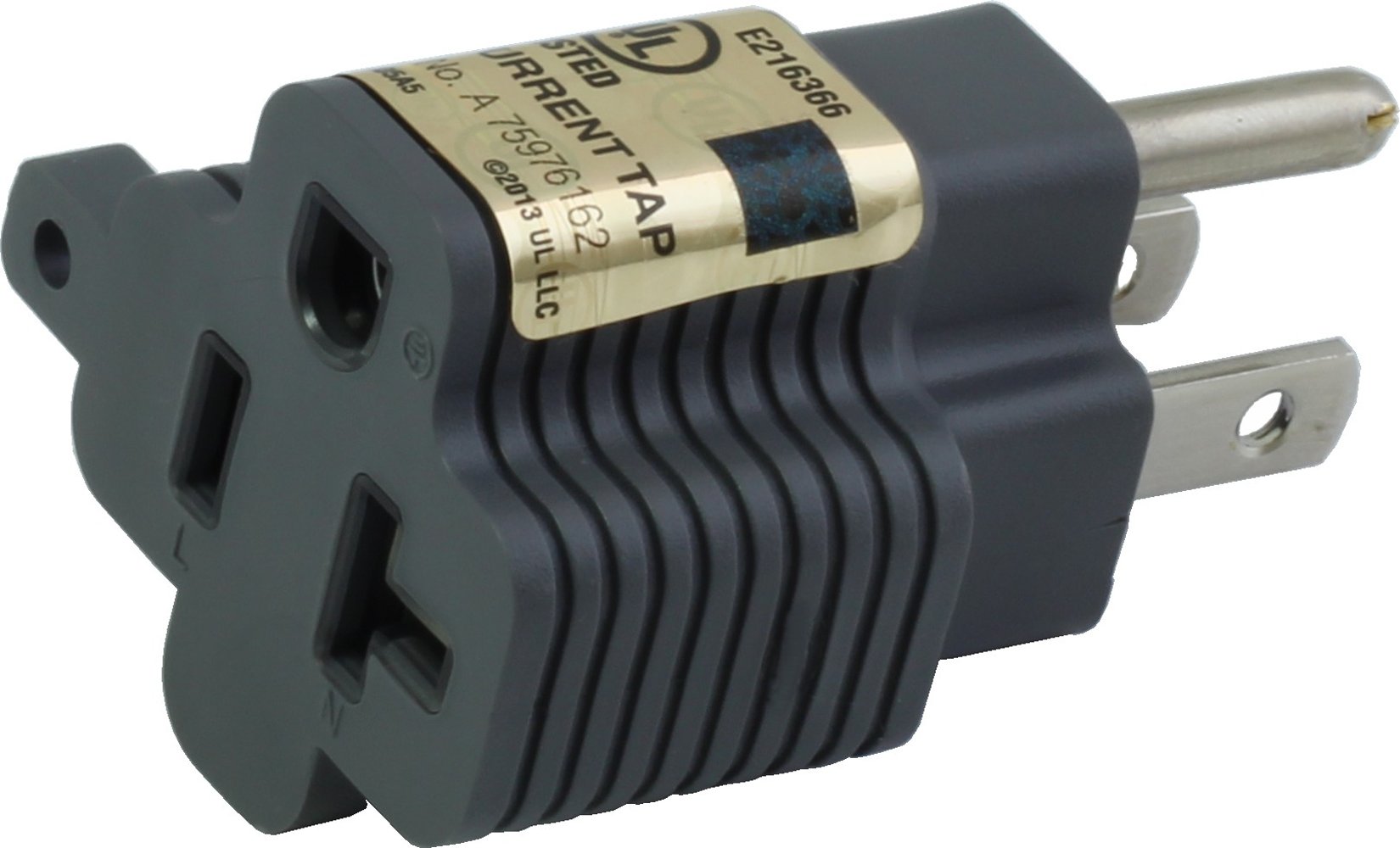
![AC WORKS® [ADV104] 3-Prong Heavy-Duty V-DUO Household Outlet Adapter](http://acworks.com/cdn/shop/products/ADV104-0.jpg?v=1605738768&width=3128)
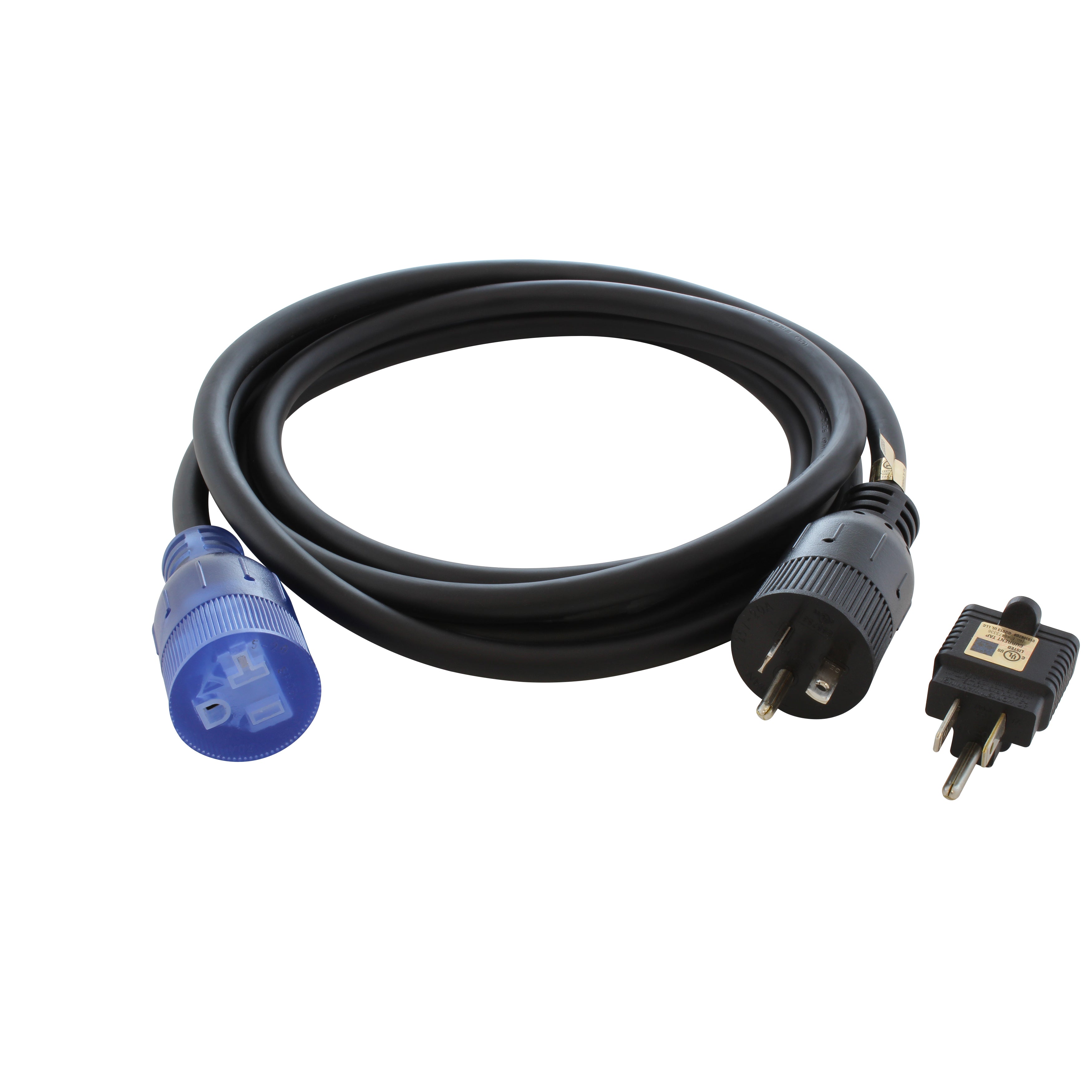
![AC WORKS® [XH515520] 15A to 15/20A 125 Volt Plug Adapter with ETL Safety Approval](http://acworks.com/cdn/shop/files/XH515520-0_daea425a-f439-48df-bb75-052167057f12.jpg?v=1729091519&width=2500)
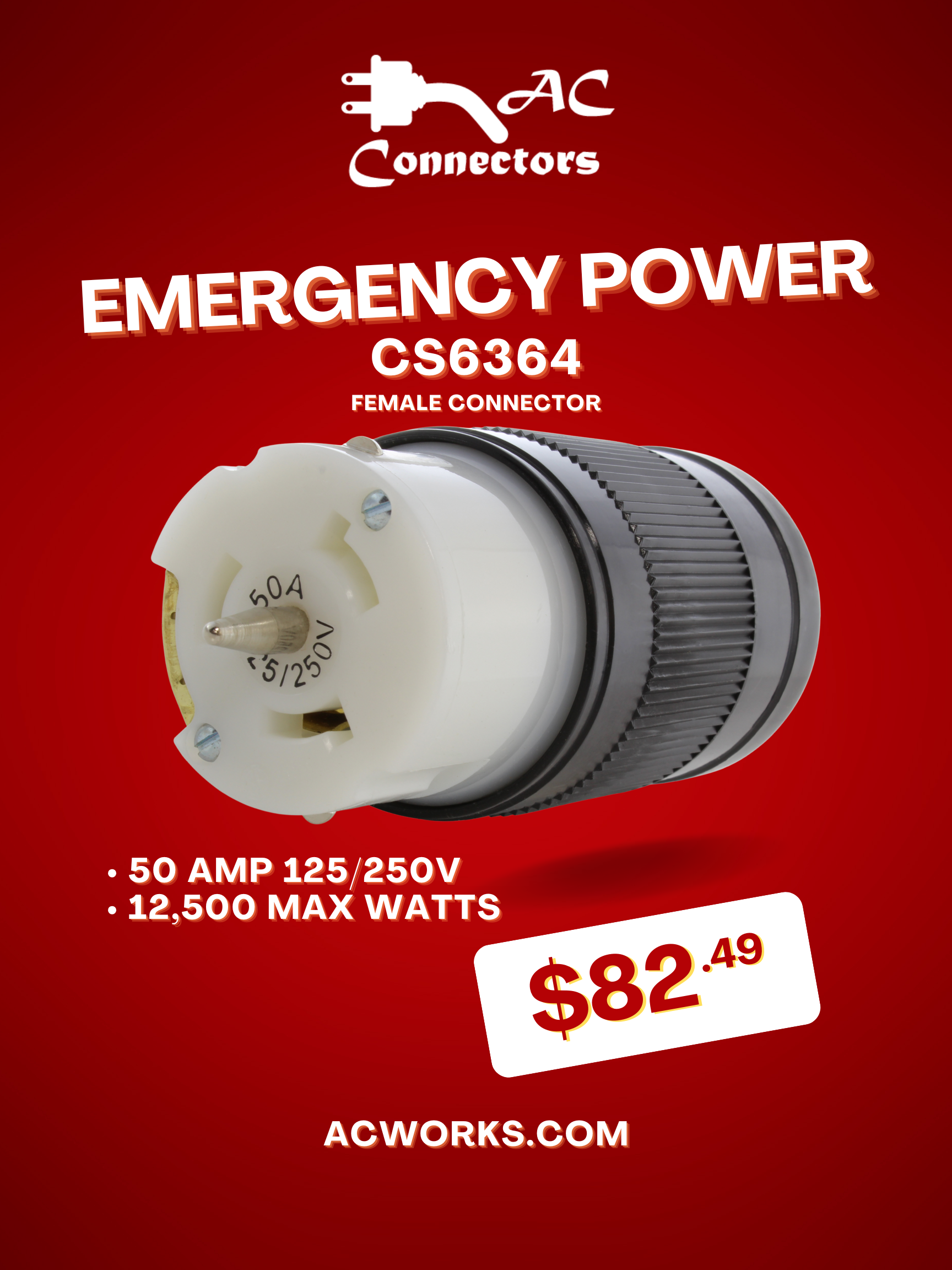
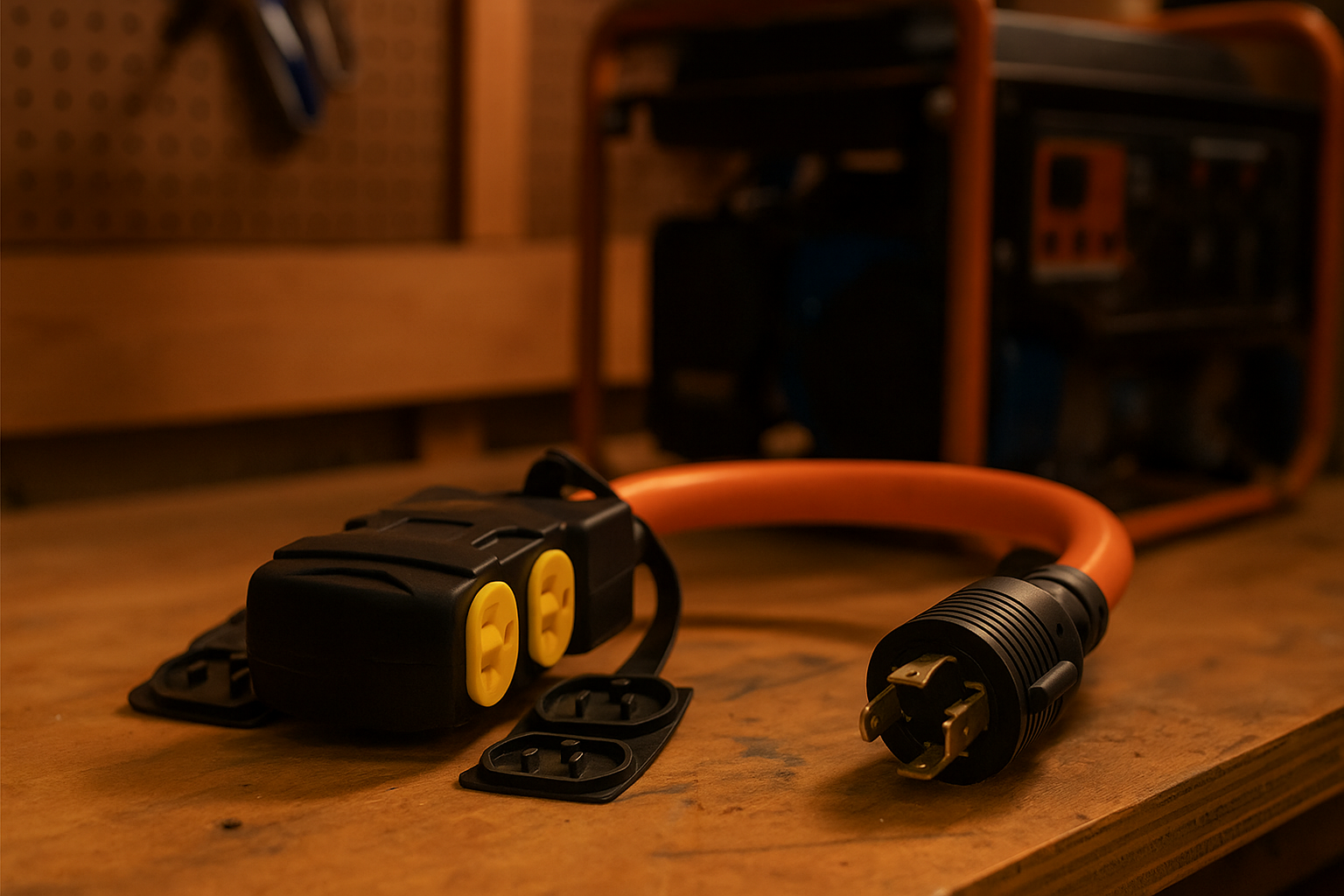
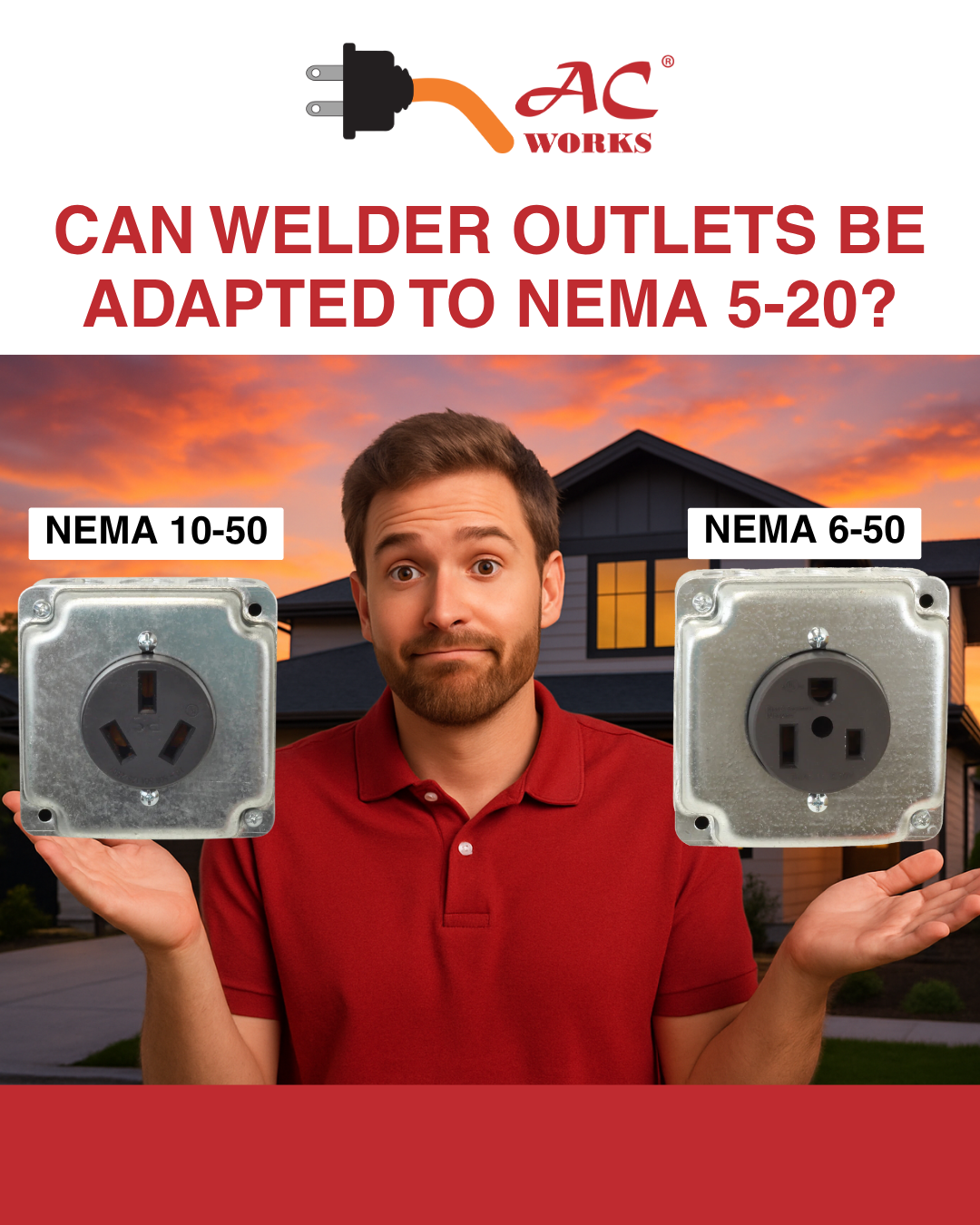
Share:
Think Twice Before Installing Your Tesla Charging Outlet (Most Electricians Skip This Crucial Step)
Understanding IP Ratings: A Practical Guide from AC WORKS®